Number Sense Teaching Resources
Browse printable worksheets, hands-on math center activities and more teaching resources designed to teach number sense in the elementary classroom.
Developing number sense is an important building block for elementary math students and unlocks a deeper understanding of numbers and their relationships. Aligned with Common Core, each worksheet, game and century activity was created by teachers with teachers — and students — in mind to help build those skills in ways that engage and excite students about numbers!
Want to learn more about number sense? Read on for a primer from our teacher team, including a definition of number sense, how to assess this important math skill and more!
What Is Number Sense?
In the most basic sense (no pun intended), number sense refers to a student's intuitive understanding of numbers and their relationships. It includes the ability to estimate and compare quantities, understand numerical patterns and relationships and make reasonable judgments about the accuracy of calculations.
When students show an understanding of numbers, their size, relationships, and how they are affected by the four mathematical operations, what they're really showing is their number sense.
In an educational setting, building number sense is closely related to other foundational skills such as problem-solving, critical thinking and logical reasoning. As our students get older, it will become a crucial skill for daily life they will use to manage finances, calculate time and make decisions based on numerical information.
Teach Starter Teacher Tip: Although the names may seem interchangeable, it's worth noting that number sense is not the same as mathematical fluency or memorization of algorithms, but rather a deep understanding of the underlying concepts and relationships between numbers.
When Does Number Sense Develop?
There is no one grade level when we're teaching students number sense — instead, it continues to develop and become more sophisticated as students progress through elementary school.
Research suggests that babies as young as 6 months old can distinguish between small and large numbers of objects, and by preschool, students are already working on number sense as they begin to learn counting and one-to-one correspondence. At this level, they're also beginning to develop an understanding of quantity and relative size — both key to overall number sense.
Number sense will continue to grow in elementary school as students become more adept at recognizing and using numbers to solve problems, and it continues into high school and — for many students — into college.
Assessing Number Sense
When we assess students for their number sense skills, there are certain mathematical concepts that they should have under their belts. These include:
- Ability to Recognize Missing Numbers in a Pattern —When kids can fill in missing numbers in a sequence, they're showing that they can make connections between numbers and develop an understanding of the relationships between them.
- Ability to Use Mental Math — Students with number sense can use mental math to solve problems involving the four basic operations.
- Ability to Engage in Systematic Counting — Children who can count systematically can more easily understand the relationships between numbers, including number magnitude, patterns, and sequences.
- Ability to Subitize Numbers — Students can use visual clustering skills to instantly recognize how many objects are in a group without physically counting them.
- Ability to Relate Numbers to Real-World Problems —For example, a student may understand that "3" means "three objects" or "three days" or "three dollars."
- Ability to Compose and Decompose Numbers — Students use number sense when they break down numbers and put them back together. For example, a student who can break down the number 10 into 8 and 2, then add the two back together to again make 10, is using number sense.
- Plus Plan
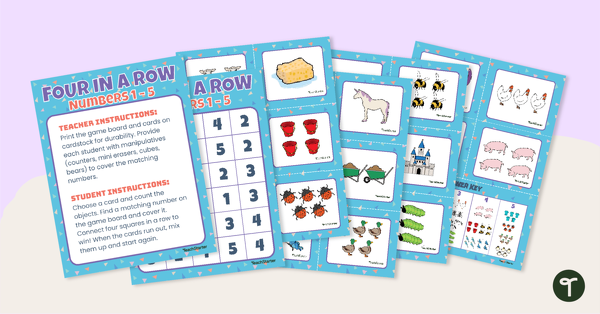
Four in a Row - Numbers 1-5
Match picture cards with numerals to practice counting to 5.
- Plus Plan
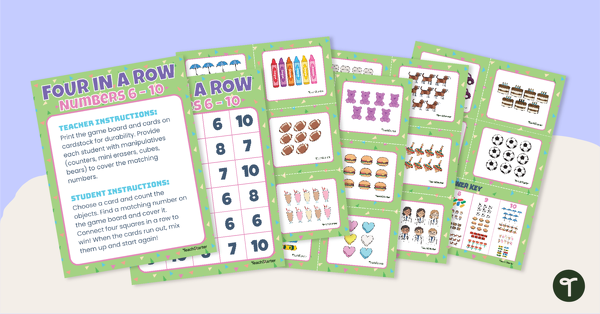
Four in a Row - Numbers 6-10
Match picture cards with numerals to practice counting to 10.
- Plus Plan
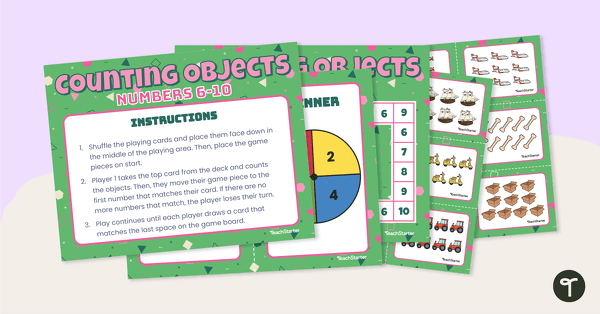
Counting Objects Board Game - Numbers 6-10
Practice counting to 10 with an engaging board game.
- Plus Plan
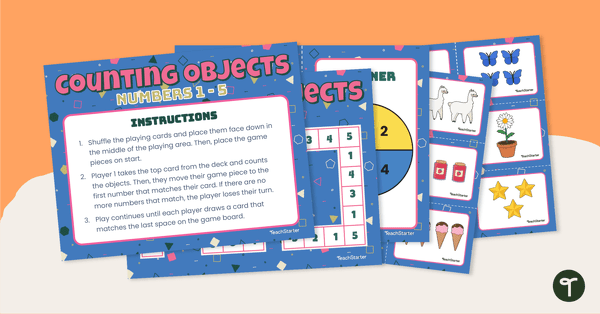
Counting Objects Board Game - Numbers 1-5
Practice basic math skills with a counting objects board game.
- Plus Plan
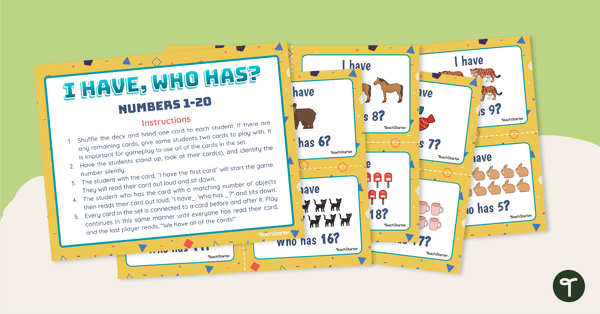
I Have Who Has - Numbers 1-20
Practice identifying numbers 1–20 with this set of “I Have, Who Has” game cards.
- Plus Plan
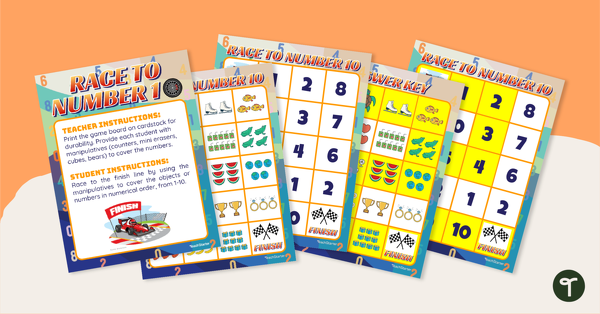
Race to Number 10
Practice counting and sequencing objects up through 10 with this hands-on or interactive game.
- Plus Plan
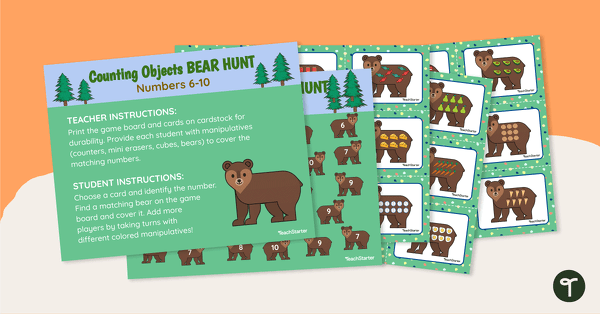
Counting Objects Bear Hunt - Numbers 6–10
Use one-to-one correspondence and basic counting skills with this hands-on activity.
- Plus Plan
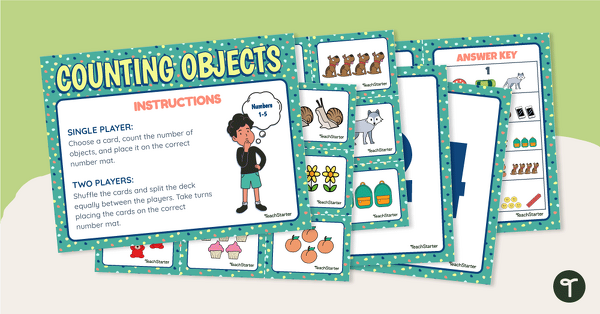
Counting Objects Sort Numbers 1-5
Practice counting 1 – 5 objects with this colorful sorting activity.
- Plus Plan
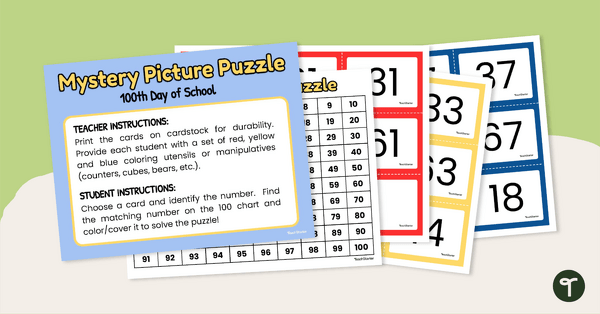
100 Chart Mystery Picture Puzzle
Practice identifying numbers within 100 with this set of 44 number cards and hundred chart.
- Plus Plan
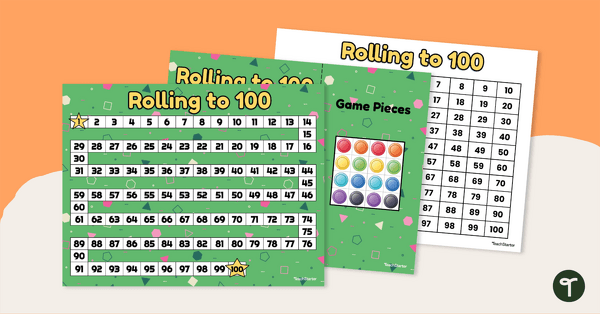
Rolling to 100 Board Game
Practice counting to 100 by 1's with this interactive hundreds chart board game for multiple players.
- Free Plan
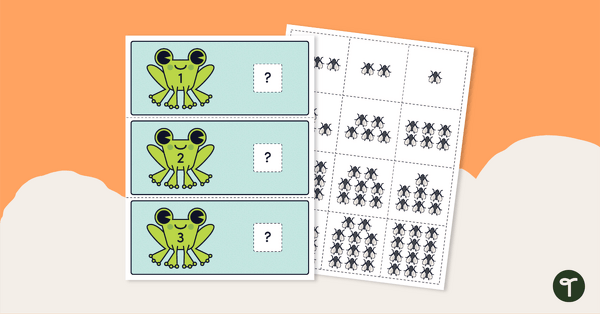
Frog and Flies Match-Up Activity (Counting to 12)
Practice counting numbers 1 to 12 with this fun frog and fly match-up activity.
- Plus Plan
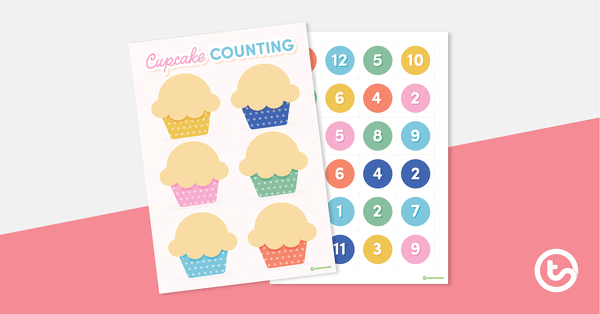
Cupcake Counting Activity
Practice one-to-one correspondence with this cupcake counting activity.
- Plus Plan
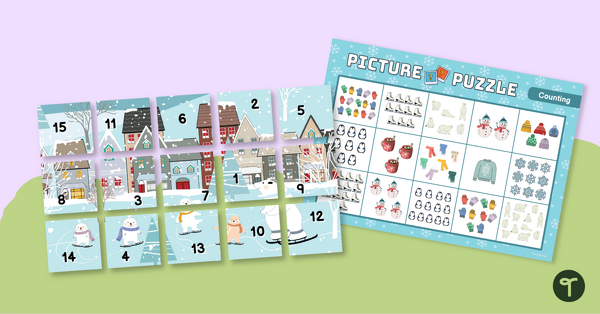
Counting Within 20 Picture Puzzle
Practice counting objects within 20 and matching groups to numbers through this 15-piece winter scene picture puzzle.
- Plus Plan
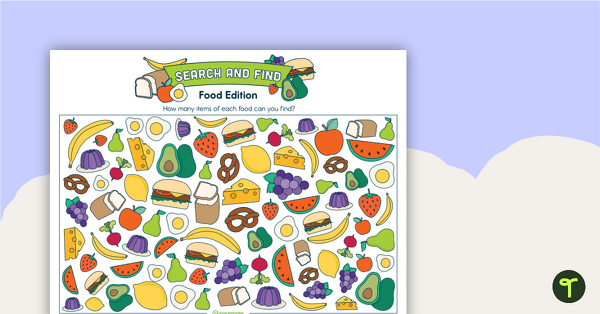
Search and Find – Food Edition
A fun, search and find counting activity
- Plus Plan
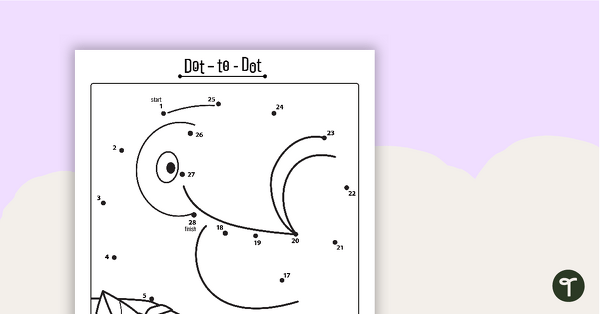
Dot-to-Dot Worksheets – Counting by Ones
Use this set of 3 dot-to-dot worksheets to get your youngest students practicing how to count by ones.
- Plus Plan
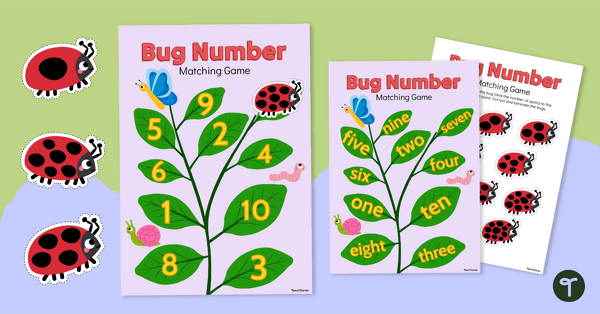
Numbers 1-10 Bug Matching Game
Help students learn to represent numbers 1-10 in picture, word and number form.
- Plus Plan
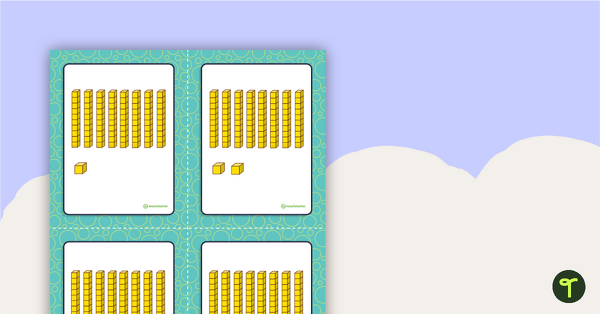
Base-10 Flashcards - Numbers 1–120
A set of Base-10 flashcards for the numbers 1–120.
- Plus Plan
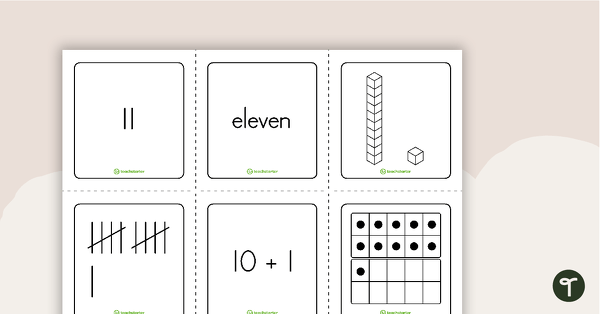
Representations of Numbers 1-20 Flashcards
Practice representations of numbers 1 - 20 in your classroom with this versatile set of flashcards.
- Plus Plan
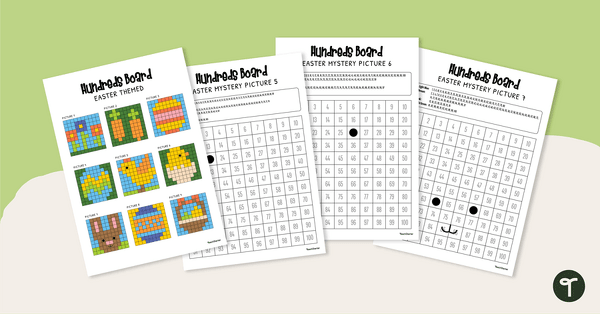
Easter Hundreds Chart Mystery Pictures
A set of 9 Easter-inspired mystery hundreds charts.
- Plus Plan
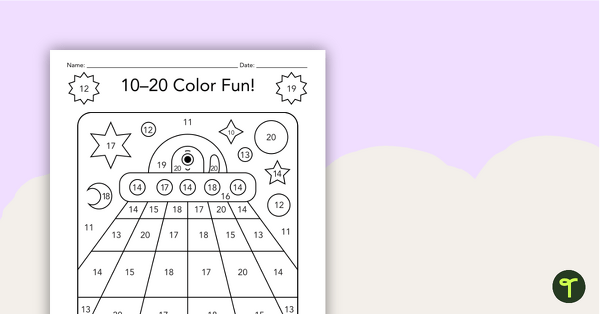
Color by Number - Numbers 10–20
A color by number activity for students to practice recognizing teen numbers.
- Free Plan
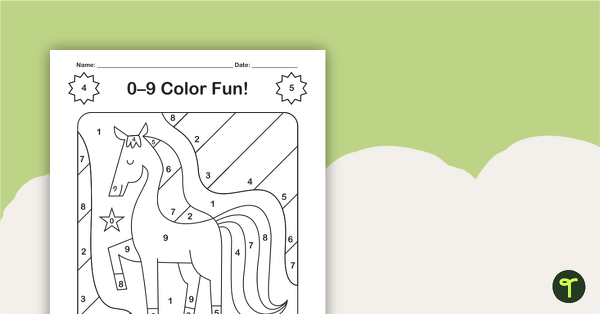
Color by Number - Numbers 0–9
A color by number activity for students to practice number recognition.
- Plus Plan

Number Talks - Target Number Task Cards
Build number sense skills with this set of 20 task cards.
- Plus Plan
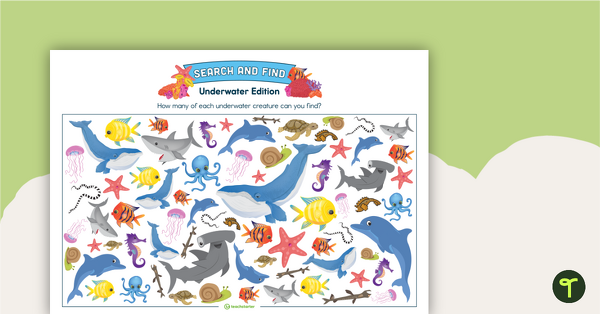
Seek and Find – Underwater Theme
A fun, search and find counting activity.
- Plus Plan
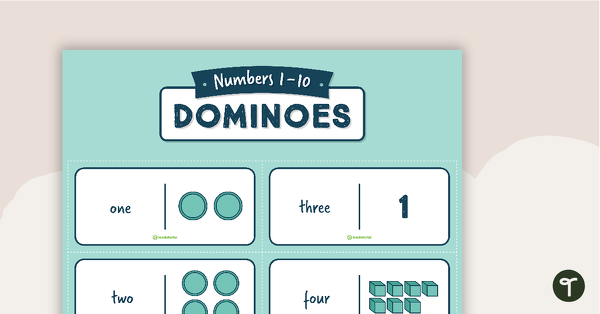
Numbers 1–10 Dominoes
A set of dominoes to practice number recognition of numbers 1-10.
- Plus Plan
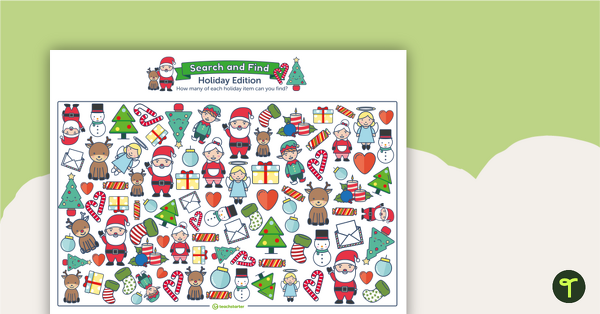
Christmas Counting Worksheet - Search and Find
Practice counting with your students to get them in the mood for the holidays with this fun Christmas search, count, and find activity.
- Plus Plan

Numbers 1-30 Fishy Find Game
A fishing game to practice counting and recognizing numbers 1-30 in number and word form.
- Plus Plan

Interactive Bulletin Board Set — Numbers 1 - 10
Display this interactive bulletin board to help your students recognize multiple representations of the numbers 1 - 10.
- Plus Plan
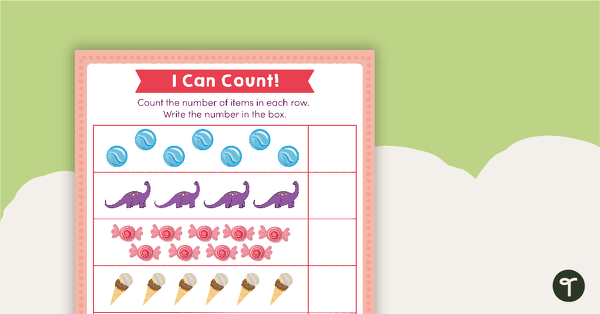
I Can Count - Worksheet
A worksheet for students to practice counting up to 10 objects.
- Plus Plan
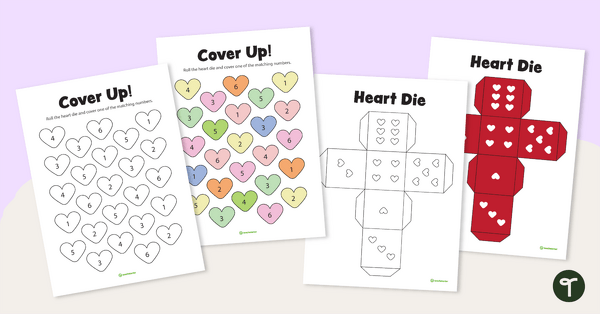
Cover Up! — Subitizing Numbers Game
Use this subitizing game to help your students instantly recognize the numbers 1 - 6.
- Plus Plan

Subitizing Dominoes
Use these subitizing dominoes to give your students practice subitizing small collections of objects.
- Plus Plan
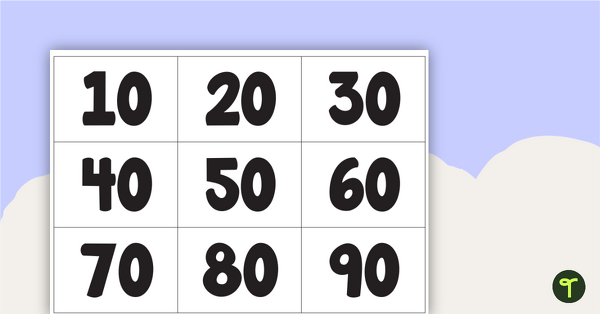
Numbers, Words, and Tallies Mix-Ups - Tens
A game to help your students understand numbers and all of the different ways they can be represented.
- Plus Plan
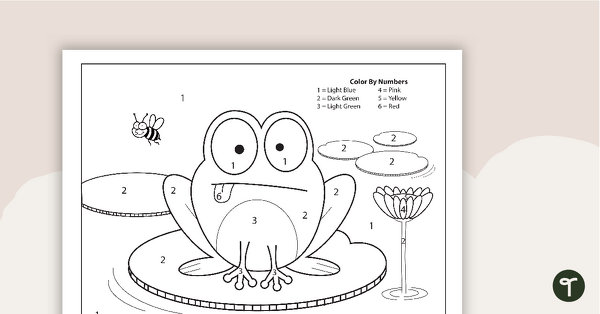
Frog in a Pond - Color by Numbers
Color by numbers is a fun and easy way to help students recognize digits 1-6.